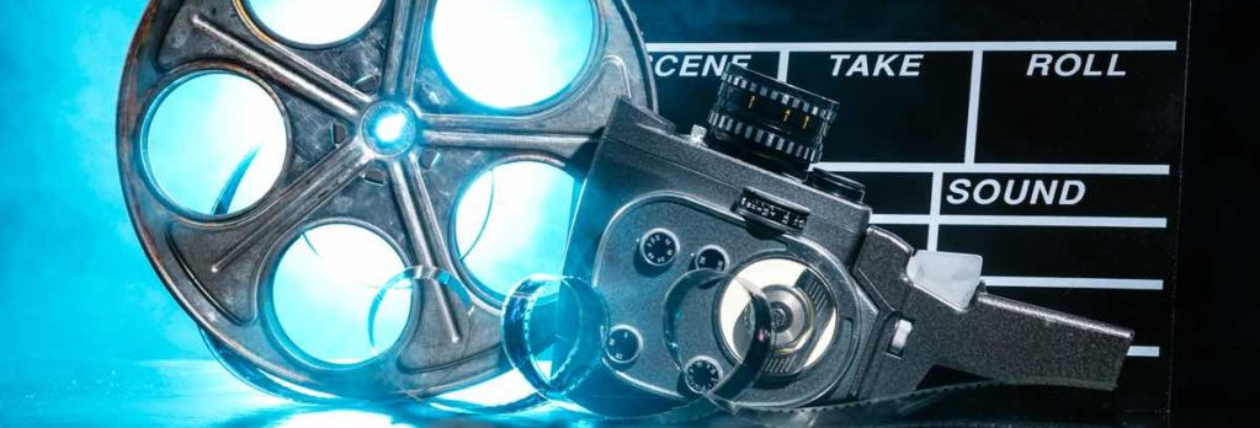Technological –
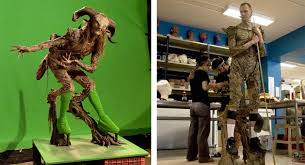
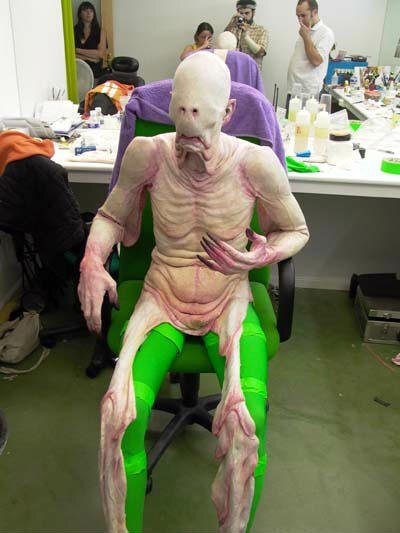
Behind the scenes of Pans Labyrinth VFX is evidently used throughout the film such as with the fairies, The fantastical throne room at the end and for explosions. Used In conjunction to VFX is the use of physical prosthetics such as with the faun and the male man. Due to the inability to create the appearance of the fantastical nature without breaking the immersion, VFX is used to mask out unneeded physical parts of the body.
Historical and political –
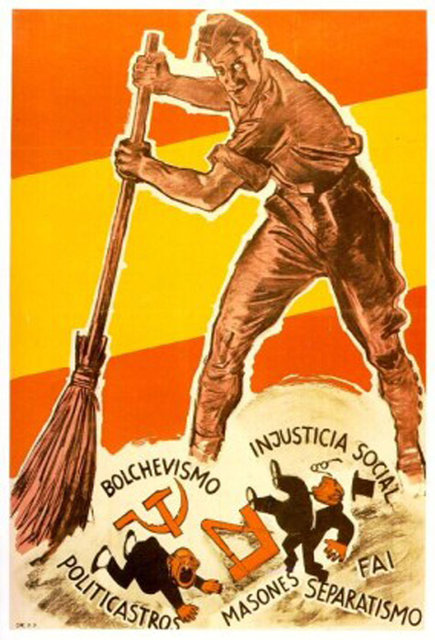
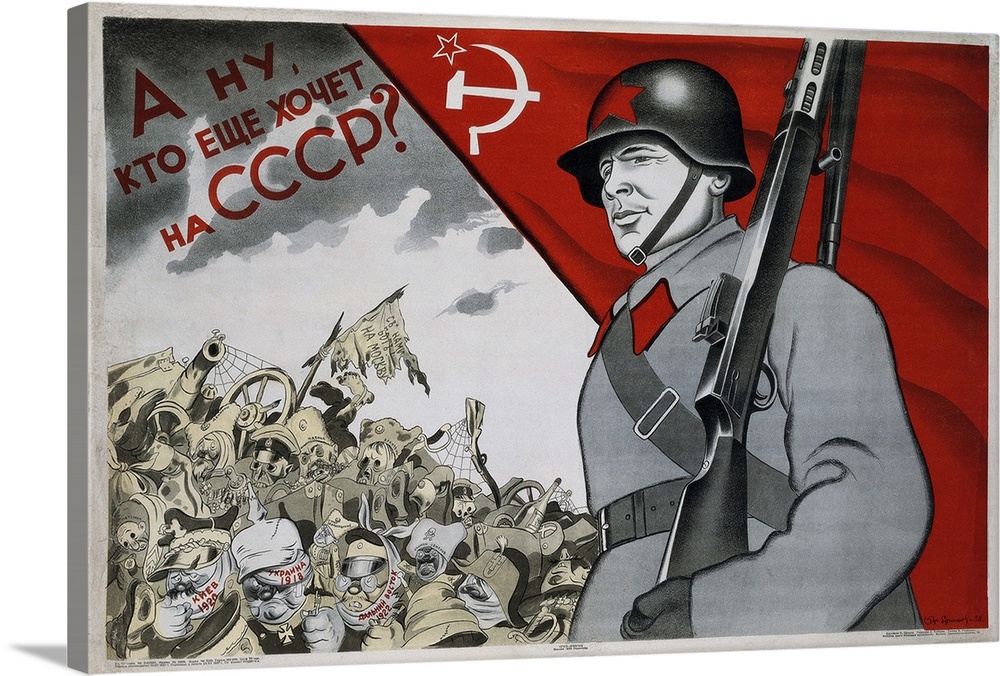
Set in the year 1944, in Fascist Franco-Spain, the story’s narrative is centred around the time period after the nationalist victory in 1939, were rebels of the communist Spaniards (presented as egalitarians) fight against an outpost of the fascist government where our main protagonist, Ofelia is brought to and lives within. The political message of the film drives home the message of the evils of fascism and how there can never be a ‘clean’ world as everyone is uniquely equal and not one group has the higher position. During the year of filming, 2005, this could be said that the choice to cover this politicial topic was to remind people the horrors of fascism as right-wing politics started to seep back into Spain’s political system.
Social –

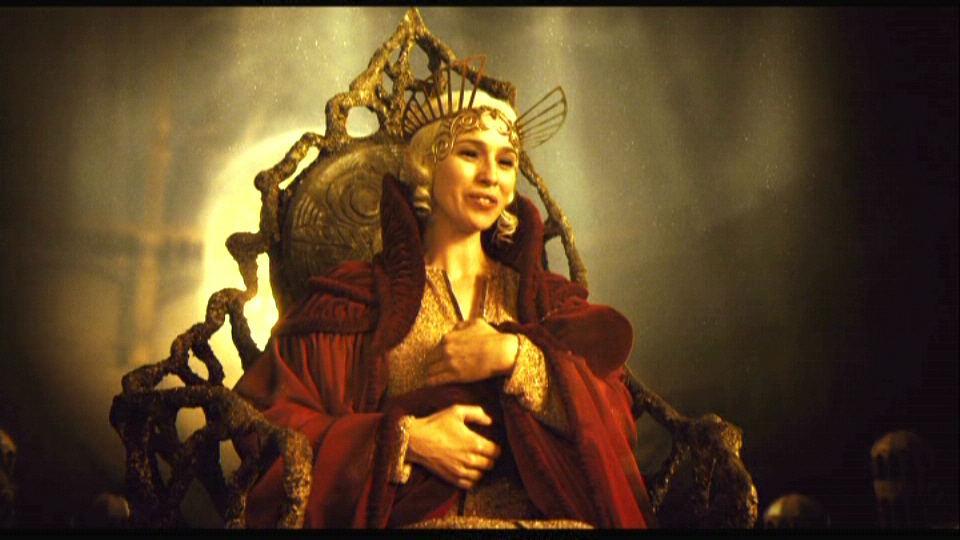
Being set in the 1940s, the representation of women’s social problems stem from their patriarchal/Macho society they live in. Furthermore religion such as Catholicism is showed to be critiqued by director Del Torro in the scene where a local priest attending captain Vidal’s banquet says about the rebels “God has already saved their souls. What happens to their bodies hardly matters to him”. Although criticising religion, Del Torro does however show its representation with the religious-inspired ending scene where Ofelia is transported to a sort of heavenly place with colour and costumes similar to religious gowns.
Institutional –
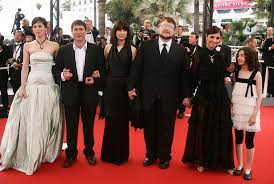
Released in the UK by Optimum, It premiered at Cannes in May 2006 to Great acclaim. The 19 million dollar budget film was co-produced by many Spanish, Mexican and American production companies. The budget is clearly reflected with the production design with things such as period dressing and fairly large cast. The worldwide box office of the film was 83.3 million dollars which was seen as a huge success.
Del Toro’s work is now recognised as a recognisable auteur of fantasy/horror, which he could be seen to span across his other films such as Cronos (1993), Devils Backbone (2001) and Crimson Peak (2015). Other films apart of his auteur are the more mainstream, Hellboy (2004) and Pacific Rim (2013).
